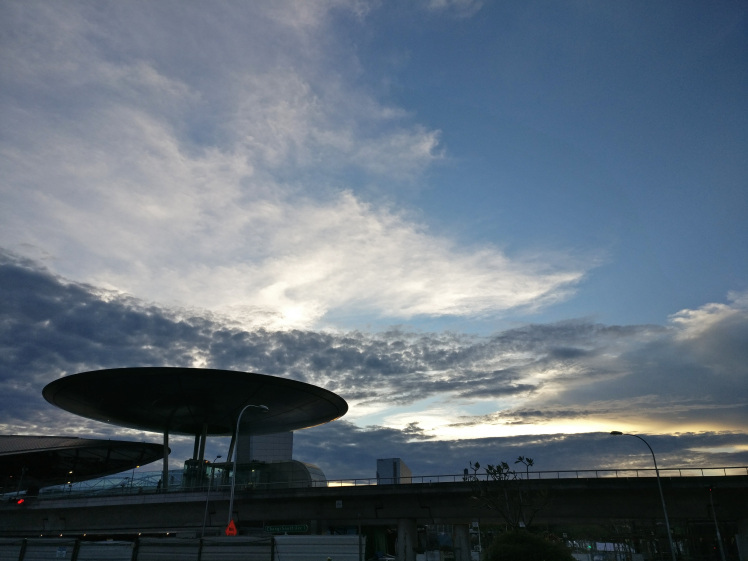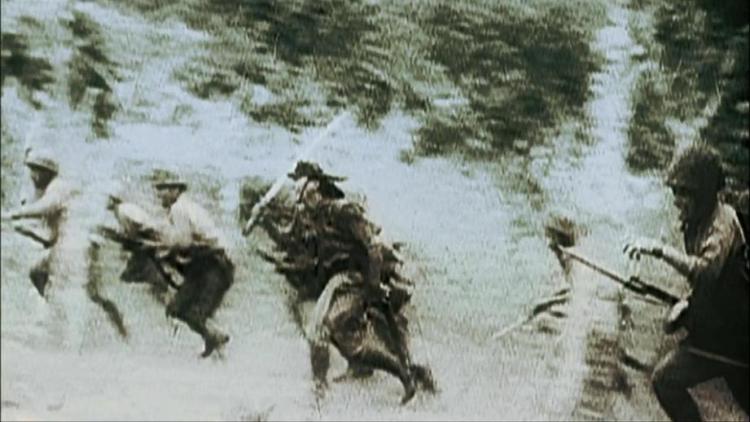
How do you fight an enemy that is not afraid to kill themselves?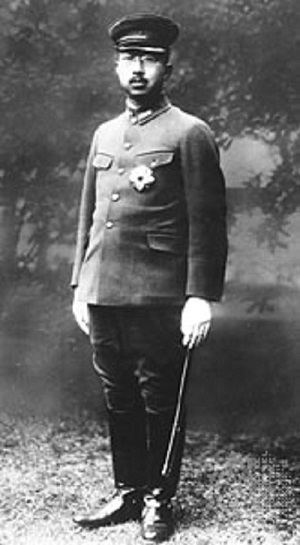
In the air they had the Kamikaze pilots on the ground they had troops carrying out Banzai charges, how can you fight an enemy that has absolutely no regard for life? Not even their own lives.
How do you fight an army that sees their leader as some kind of divine entity?
One of the great injustices post WWII was that Emperor Hirohito was not tried for his involvement in World War II, even if it had been for the death of his own soldiers who killed themselves in his ‘honour’
He died on January 7 1989 at the age of 88 after having lived a life of luxury, when thousands of young men died for him or in his name.
“Whenever we cornered the enemy and there was no way out, we faced the dreaded banzai attack.” – An anonymous US Marine who was on Saipan.”
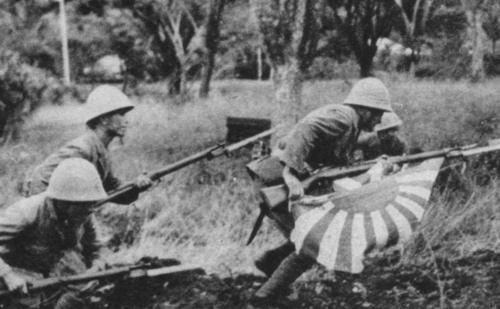
A Banzai Charge was a suicidal last-ditch attack that was mounted by Japanese infantry during WWII. Banzai Charge was actually not the real name of the attack, but rather a name given by Allied forces because during the charge, Japanese forces yelled “Tenno Heika Banzai!” (long live the emperor, ten thousand ages!).
During the war period, the Japanese militarist government began disseminating propaganda that romanticized suicide attack, using one of the virtues of Bushido as the basis for the campaign. The Japanese government presented war as purifying, with death defined as a duty.
By the end of 1944, the government announced the last protocol, unofficially named ichioku gyokusai (一億玉砕, literally “100 million shattered jewels”), implying the will of sacrificing the entire Japanese population of 100 million, if necessary, for the purpose of resisting opposition forces.
During the U.S. raid on Makin Island, on August 17, 1942, the U.S. Marine Raiders attacking the island initially spotted and then killed Japanese machine gunners. The Japanese defenders then launched a banzai charge with rifles and swords but were stopped by American firepower. The pattern was repeated in additional attacks, but with similar results.
During the Battle of Guadalcanal, on August 21, 1942, Colonel Kiyonao Ichiki 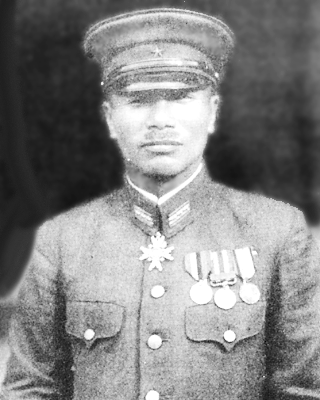 led 800 soldiers to launch a direct attack against the American line guarding Henderson Field in the Battle of the Tenaru.
led 800 soldiers to launch a direct attack against the American line guarding Henderson Field in the Battle of the Tenaru.
After small-scale combat engagement in the jungle, Ichiki’s army launched its banzai charge on the enemy; however, with an organized American defense line already in place, most of the Japanese soldiers were killed and Ichiki subsequently committed suicide.
The largest banzai charge of the war took place in the Battle of Saipan in 1944 where, at the cost of almost 4,300 dead Japanese soldiers, it almost destroyed the 1st and 2nd Battalions of the 105th U.S. Infantry, who lost almost 650 men
Banzai charges were always of dubious effectiveness. In the early stages of the Pacific War, a sudden banzai charge might overwhelm small groups of enemy soldiers unprepared for such an attack. However near the end of the war, a banzai charge inflicted little damage while its participants suffered horrendous losses if launched against an organized defense with strong firepower, such as automatic weapons, machine guns and semi-automatic rifles.
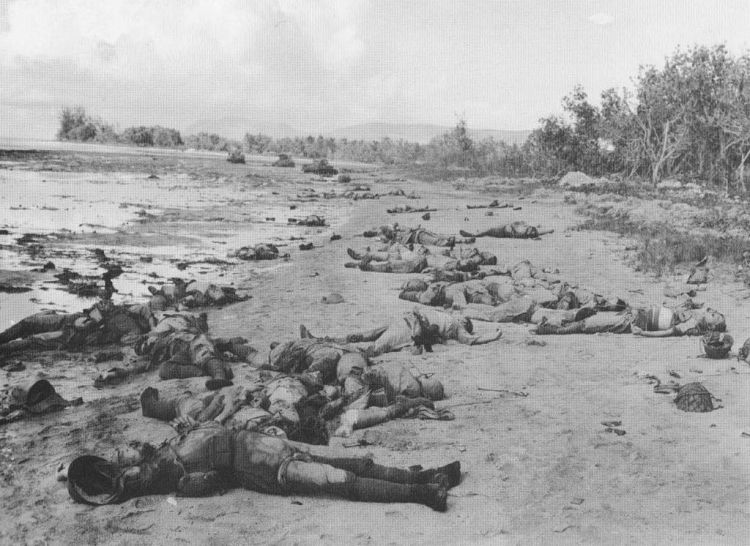
At best they were conducted by groups of the last surviving soldiers when the main battle was already lost, as a last resort or as an alternative to surrender. At worst they threw away valuable resources in men and arms in suicidal attacks, which only hastened defeat.
Some Japanese commanders, such as General Tadamichi Kuribayashi, recognized the futility and waste of such attacks and expressly forbade their men from carrying them out.

Indeed, the Americans were surprised that the Japanese did not employ banzai charges at the Battle of Iwo Jima.
The greatest effect of the Banzai charge was not casualties, but the decrease in morale in most allied troops.

Many soldiers feared “the dreaded banzai attack” and this itself sometimes affected performance in the field. Japanese soldiers however did sometimes surrender, but rarely in large numbers. They were also trained to commit suicide if the attack did not breach enemy lines and this included using grenades to kill oneself and any allied soldiers who were not careful. The weapons used by Japanese soldiers during an attack varied from machine guns, rifles, bayonets, swords, spears, knives, grenades, etc.


Donation
I am passionate about my site and I know a you all like reading my blogs. I have been doing this at no cost and will continue to do so. All I ask is for a voluntary donation of $2 ,however if you are not in a position to do so I can fully understand, maybe next time then. Thanks
$2.00
Advertisements Share this:


